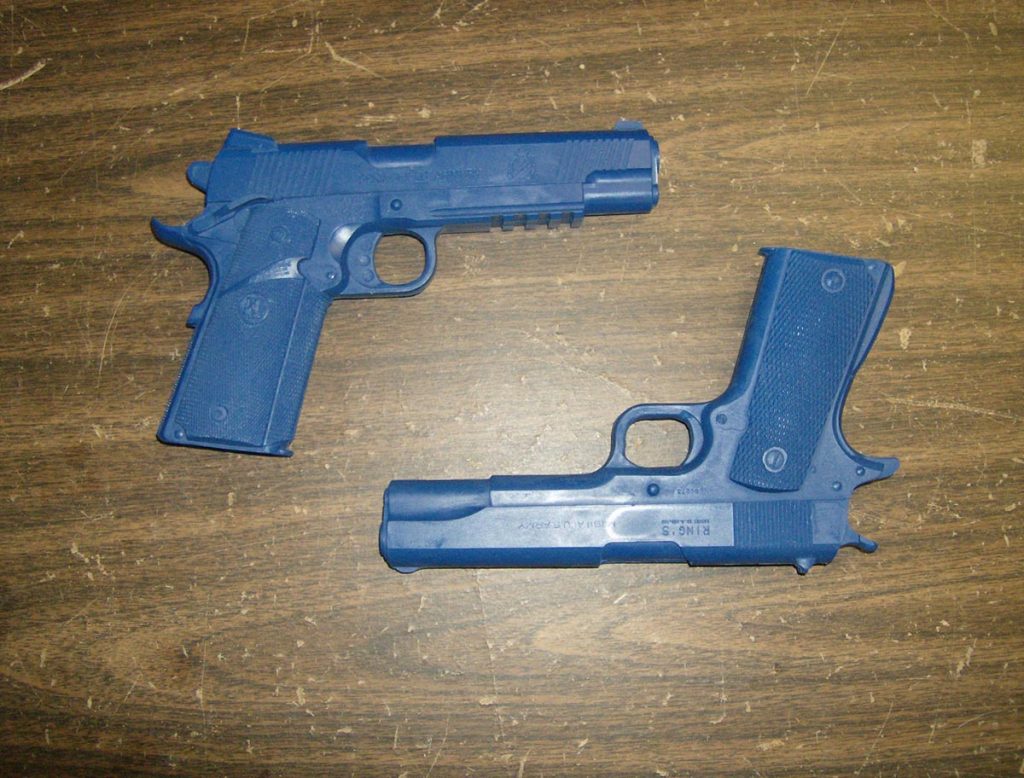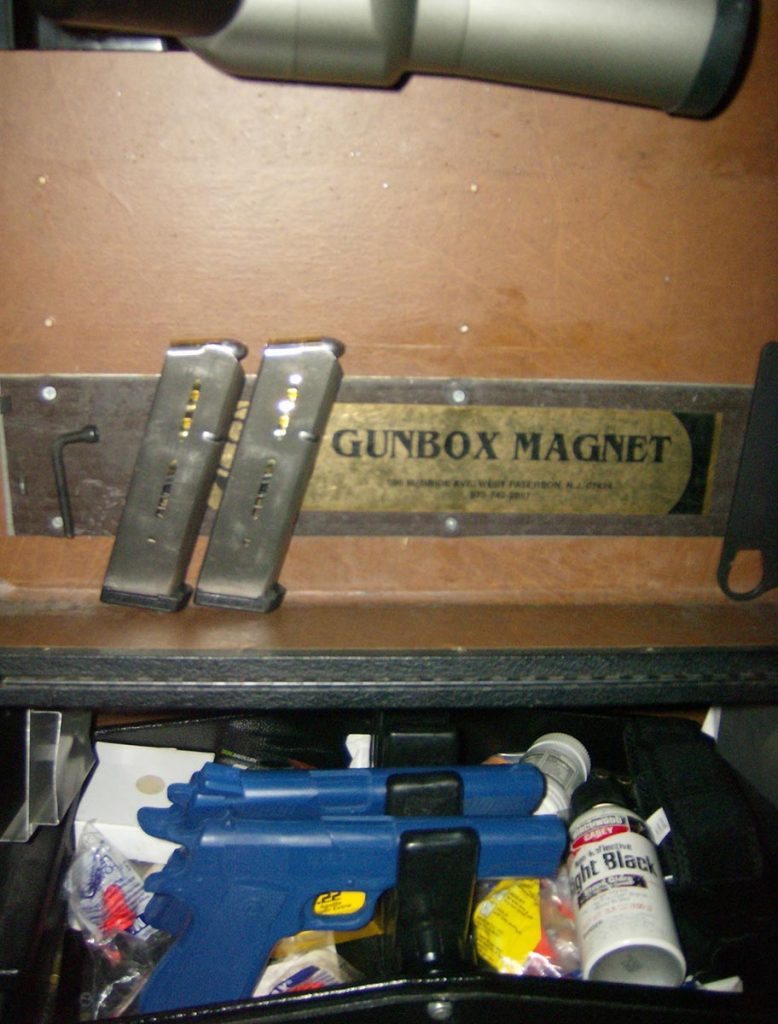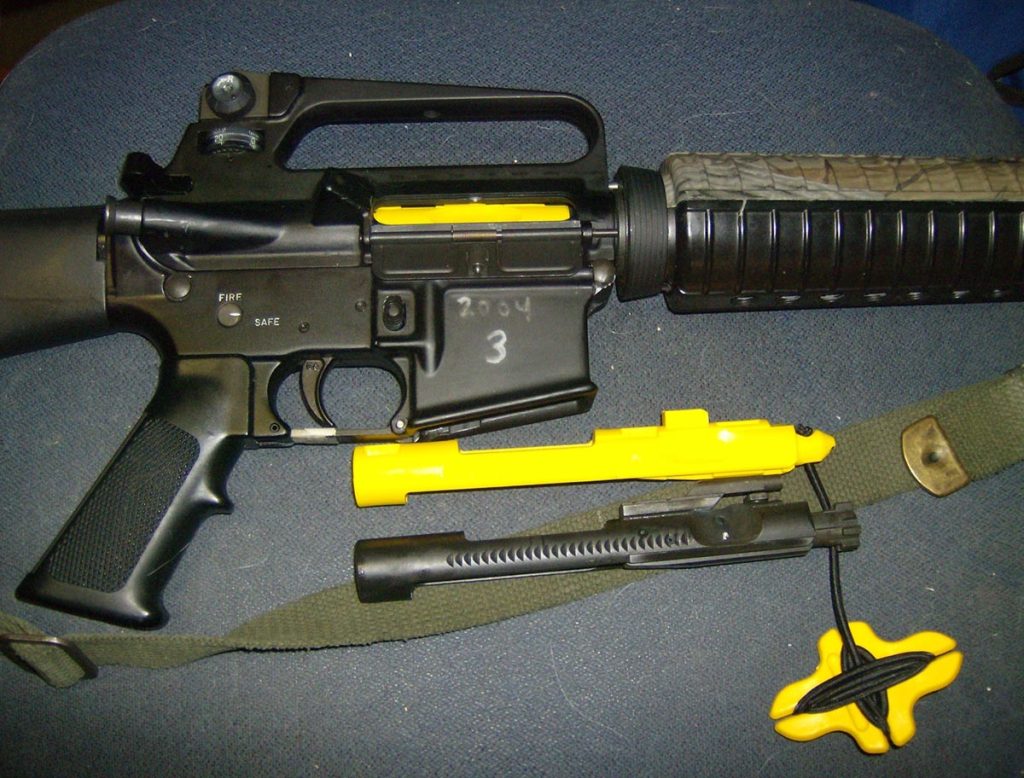Training Coming to the Line
October 30, 2015
Civilian Marksmanship Program▸The First Shot▸Training Coming to the Line
By Matt Egloff, CMP State Director, Montana
Approved matches and leagues at local gun clubs tend to be more relaxed than national level matches. You can often park closer to the line and have more time to get your gear to the line. In larger and national matches, you may have to walk up a mile with your gear to get to the line, walk between the firing lines, and have to find a “flat spot” on an unfamiliar firing point to set up on. When called to the line in larger matches, pre-prep and prep times are enforced.
Before my first trip to Camp Perry, I asked others who had been there what to expect. Common advice was to empty the shooting cart of anything not needed, and get wheels. I borrowed a fancy and expensive cart from a fellow competitor, but didn’t pick it up until a few days before I left as he was still using it. The wheels were nice but I was unfamiliar with its layout. I had to figure out how to secure rifle, scope stand and other gear to it at nationals. It also had a propensity to flip. I hadn’t trained for setting up my gear with my usual stool let alone this new one. At each stage, I was just barely ready and very frazzled when the string began. None of this was conducive to good scores, and good scores were forthcoming…
For my next trip, I trained to set up. The military shooters I discussed my woes with were unsympathetic. They practiced setting up on the line as part of their training plan. I also went back to my trusty and small shooting stool and practiced carrying it and my gear between lines. I didn’t delay local matches because there were plenty of dawdlers in spite of them driving between the lines.
Training this at home is a safety issue that can be overcome. The ingredients of a fire are fuel, oxygen and ignition source. The ingredients to a negligent discharge are firearm, ammunition and human. Remove one and you can train safely. For dry fire training, we make sure that there is no ammunition present. For setting up our gear we need to practice loading magazines and we need to carry and set out our firearm. The solution is to use a non-firing training gun or a safety device that obviously renders the firearm incapable of firing.
One solution is a “blue gun.” These are used by law enforcement for training such things as weapons retention. They are made of blue or other colored polymer and have the size and heft of a real gun. Blue gun pistols can be had for around $50 new, while an AR15 blue gun may be $250. You can use these to train for rifle or pistol events. Shown in Figure 1 are blue gun M1911’s.

These are “blue guns,” made by Rings. http://www.blueguns.com/default.asp. There are several other manufacturers. They use colors that indicate that they are obviously not real guns and can’t shoot. Treat them as if they were real guns, and observe all safely practices. None of the “blue gun” manufacturers offer exotic target pistol versions, but you can find typical police and military semi-auto pistols and revolvers. These can be put in the pistol case so that you can take them out and set them out as you would during a match. This is shown in Figure 2.

The blue guns are the same size as the real pistols, and for a little extra money you can get ones that weigh the same. In pistol, the weight of ammunition and other equipment is usually much greater than that of the guns, so you don’t need realistic gun weight. Note that the magazines shown are loaded with live ammunition. This is something you would not do if dry fire training with a real pistol.
Time yourself setting up your box, loading magazines, setting up the scope, setting up a brass net if you use one, etc. Practice with different height tables and targets. If training at home, put your gun box and other gear in the trunk of your car as you would transport it. Then take it out and bring it to your training area and set it up. Do you plan on using a cart of some kind? Try it, making sure to bounce it on the curbs and across your lawn to see what gets jostled. Find an uneven patch of lawn and practice finding a level spot. You develop a shot plan for executing the shot. Develop a transport, set-up and tear down plan for getting to the line, setting up and taking down.
The rifle “blue guns” are more expensive than pistol ones. A less expensive alternative is a training polymer bolt carrier. This is shown in Figure 3.

The training bolt carrier shown is made by Blade Tech. http://shop.blade-tech.com/product_info.php?cPath=81_123&products_id=87 . One is installed in the rifle and another is shown next to the real bolt carrier for comparison. Similar devices can be 3D printed. There are other makers of similar training bolt carriers and devices. With the Blade Tech unit shown, the bungee cord passes through the barrel and the yellow piece is affixed to the muzzle to emphasize that the rifle has been rendered incapable of firing. With this brand, the bolt can be opened but it will not lock open, nor can it be dry fired. Other brands may allow this.
The rifle shown has been rendered incapable of firing by installing the training bolt carrier. The bolt carriers should be swapped in an area free of ammunition. After training, all ammunition should be removed, stored and verified. Then, re-install the real bolt carrier. You don’t want to go to a match and find a plastic bolt carrier in your rifle when you get there. I have had to remove a dry firing device from a rifle on the line a couple of times, but I have not driven to a match with a training bolt carrier installed, yet…
As with pistol, load your rifle gear in your vehicle as you would have it packed for the trip. Take it out and bring it to your training area and set it up.
Consider things being unpacked. Will you be transferring guns and ammunition from other cases to your shooting kit or to a lighter soft rifle case for carrying? Do you need to have an ECI in the opened action before you get to the line? Where can you make this happen safely? Are you driving to the range in your shooting clothes or will you change there? Where can you change? When done shooting do you pick up your brass? Before you start training, throw brass on the ground next to your training area as your gun would have ejected it. Pick it up when the time comes. Also, include a packing up and travel home step.
Be sure that you can move on foot with your packed up gear. You can get in overall shape by walking, but when at the range, try parking far away and walking with your gear, and adjust your load plan until it works. If you have a heart rate monitor, and these are fairly inexpensive, see how fast your ticker is beating when you just get to the line and how long it takes to settle down.
Are you stiff after a long drive to a match? How long does that last? This is how much earlier you should arrive. If travelling a very long distance, be sure to stop and get adequate sleep. Losing a night’s sleep will usually wipe you out for a few days. Why train hard to vie for leg points and trophies and then throw it away because you want to pull an all-night road trip? If you can, get there a full day early so you can recover and acclimate to the time zone change.
You can break this training up into pieces, refining each part of your process and working more on those parts that need it. You should train the whole process periodically, once it’s refined. Always train safely. Getting ready for a match is not just shooting or even dry firing. Being able to calmly and smoothly get yourself there and situated is a significant part of any match. Train everything as you expect to do it in a match. When you watch top competitors at a match, everything they do is focused, organized and methodical, including their set up and pack up. Newer competitors tend to be random, disorganized, flustered and frazzled from always running late. Stop being that guy.
Thanks Melissa,
“Approved matches and leagues at local gun clubs tend to be more relaxed than national level matches” yes they do very much so! At my local GC match a few fellows were contemplating going to the National Matches and I told them they should get a cart and they were shocked that they would need such a thing more less that each shooting point moves and is not under cover! Which lead to a conversation of what “SR-1” stands for vs. an “SR-31” on their targets. Do your research before you go the National Matches or even the match next door! Oh yea, read the rule book front to back and back to front.